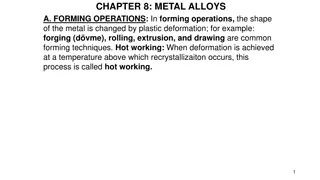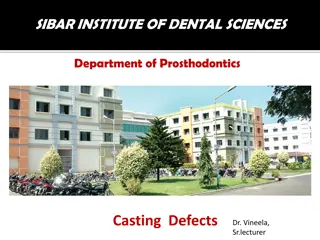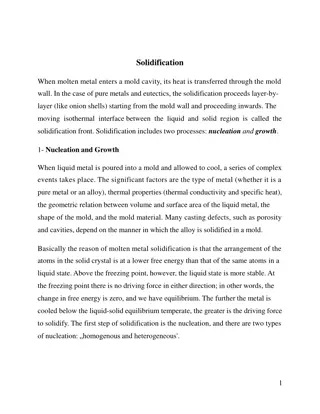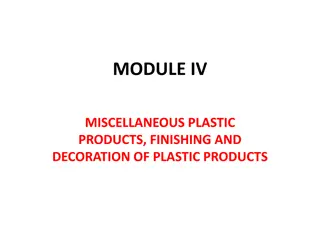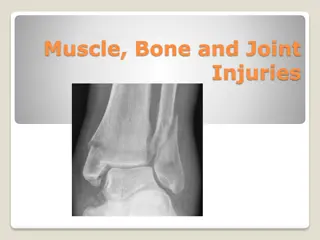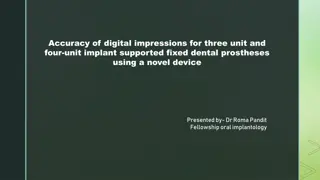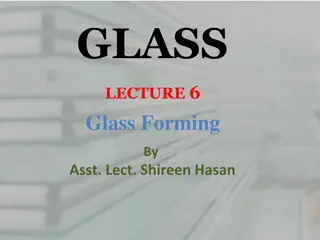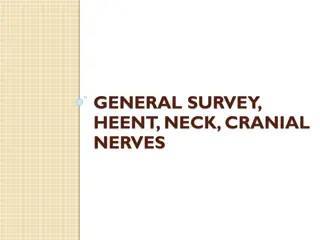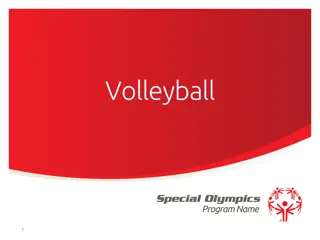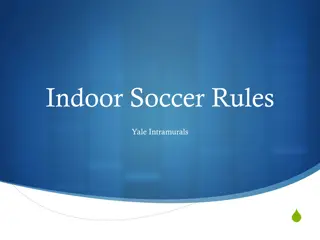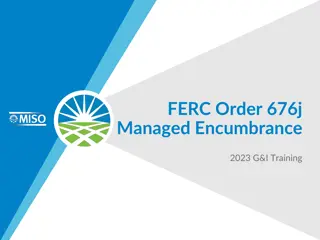Comprehensive Guide to Casting and Splinting in Orthopedics
This comprehensive guide covers the essential aspects of casting and splinting in orthopedics, including their role in supporting and protecting orthopedic injuries, techniques for immobilizing fractures and sprains, conditions that benefit from casts and splints, possible complications to watch for, general application procedures, standard materials and equipment required, and application guidelines for optimal results. Proper technique and timely follow-up are emphasized to prevent complications and promote effective healing.
Download Presentation

Please find below an Image/Link to download the presentation.
The content on the website is provided AS IS for your information and personal use only. It may not be sold, licensed, or shared on other websites without obtaining consent from the author. Download presentation by click this link. If you encounter any issues during the download, it is possible that the publisher has removed the file from their server.
E N D
Presentation Transcript
Casting and Splinting Chan Maritt, OTC Orthopedic Technologist Certified Manager, Cast Department
Support and Protect Casts and Splints are hard bandages used to aid in healing by supporting and protecting orthopedic injuries: Keep broken ends together and as straight as possible Help with pain and swelling Protect injured area from more harm
Immobilization Casts and Splints immobilize orthopedic injuries to: Maintain bone alignment Help compensate for surrounding muscular weakness Proper Technique and Timely Follow-Up are Important: Improper or prolonged application can increase risk of complications
Conditions that Benefit Fractures Sprains Severe Soft-Tissue Injuries Reduced Joint Dislocations Inflammatory Conditions (i.e. Arthritis, Tendinopathy, Tenosynovitis) Deep Laceration Repairs across Joints Tendon Lacerations
Possible Complications Compartment Syndrome Ischemia Heat Injury Pressure Sores and Skin Breakdown Infection Dermatitis Joint Stiffness Neurologic Injury
General Application Procedures BEFORE Application Carefully inspect involved extremity Document skin lesions, soft-tissue injuries and neurovascular status AFTER Application Recheck neurovascular status and document
Standard Materials/Equipment Bandage Scissors Basin of Water at Room Temperature (dipping water) Casting Gloves (required for fiberglass) Elastic Bandage (for splints) Padding Plaster or Fiberglass Casting Materials Stockinette
Application Guidelines Use appropriate amount and type of padding Properly pad bony prominences and high-pressure areas Properly position the extremity before, during and after application of materials Avoid tension and wrinkles on padding, plaster and fiberglass Avoid excess molding and indentations
Reference Am Fam Physician. 2009 Jan 1;79(1):23-24. https://www.aafp.org/afp/2009/0101/p23.html




